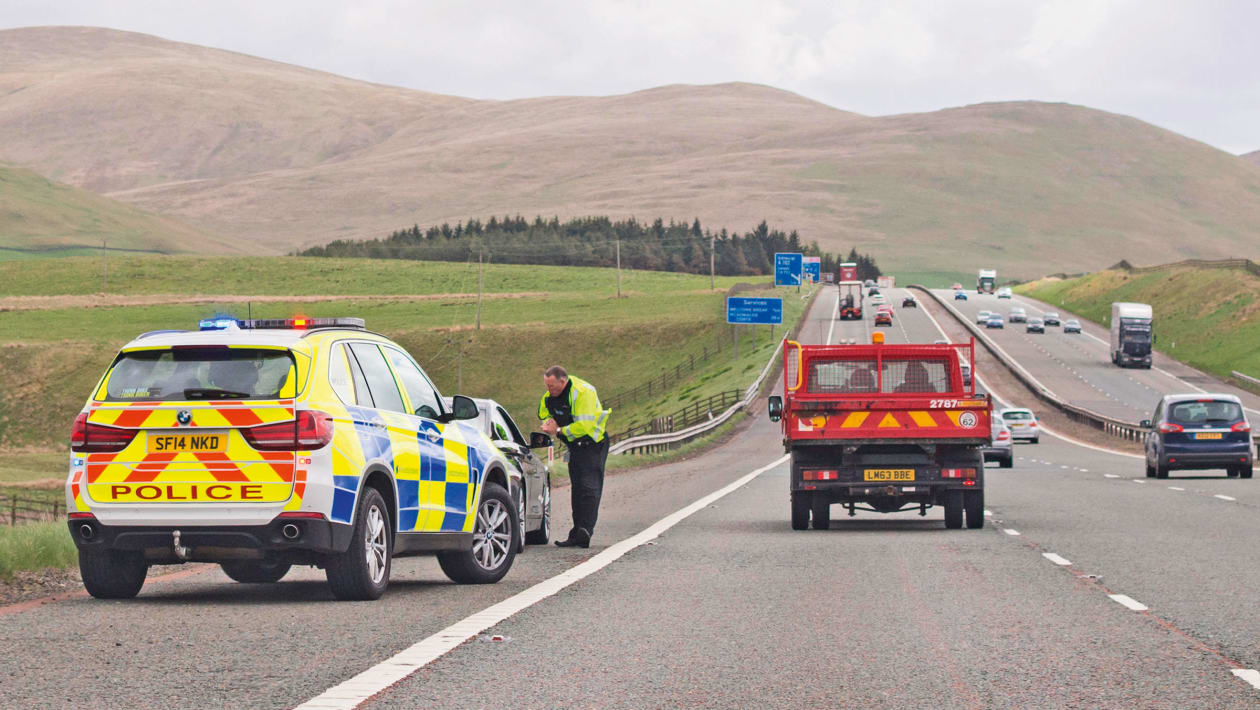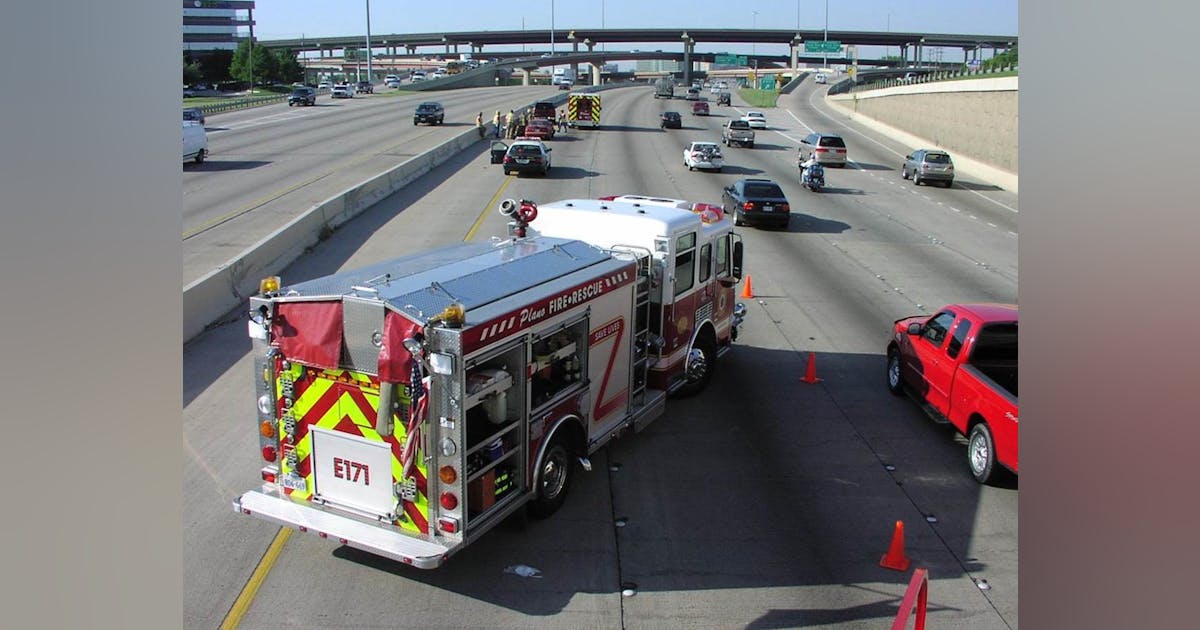A woman was looking right through me when she stepped out into the road and i couldn't avoid hitting her as i cycled up a hill. I couldn't have been more than 10' away and she simply didn't watch where she was going. Silly moo. She was okay. I picked her up, dusted her down and went on my way again pondering the choice of using my powers of invisibility to fight crime or get into gigs for free.
Part of the problem is the silence of progress of someone on a bike, people just assume no engine noise, nothing coming. I had two drunks step out right in front of me in the busy main street a few years ago, whilst on a push bike. I managed to avoid them, but they gave me a load of slather, as if it was my fault.



